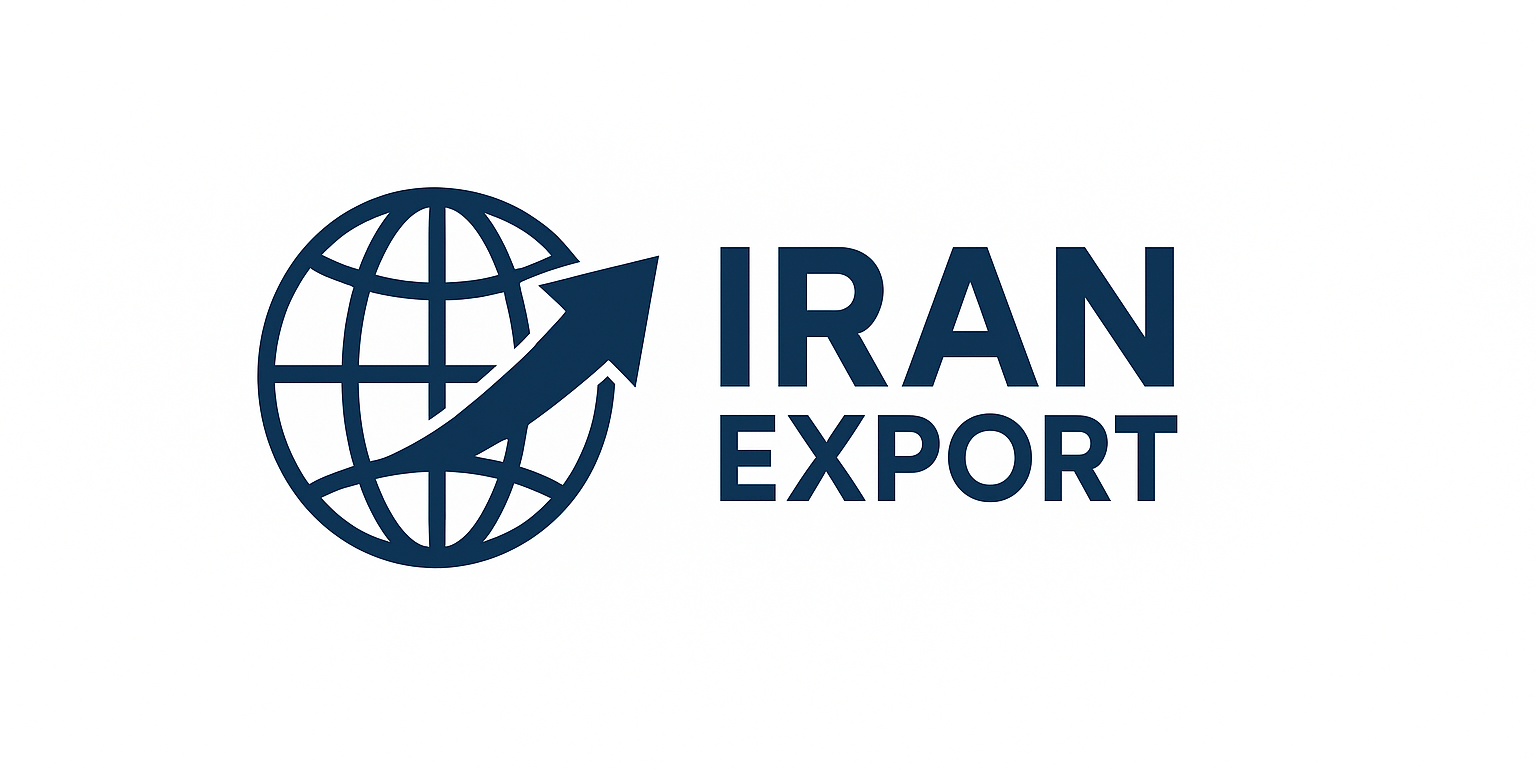Vegetables are a key agricultural product in Iran, playing an essential role in food security, public health, employment, and export development.
Iran’s diverse climate and varied planting and harvesting seasons enable the production of a wide range of vegetables—including leafy greens (like parsley, coriander, spinach), root vegetables (such as carrots and beets), and fruit vegetables (like tomatoes, cucumbers, eggplants, and peppers). The use of greenhouses, hydroponic systems, and modern irrigation methods is also expanding.
Vegetables offer fast production cycles and consistent demand, making them a reliable source of income for farmers and suppliers to local markets and the food processing industry.
Iran exports both fresh and dried vegetables to neighboring countries, the Gulf region, Russia, and parts of Asia. These products are well-received due to their natural flavor and competitive pricing.
Iran’s competitive advantages include a favorable climate, fertile soil, accessible labor, and proximity to major regional markets. These factors provide strong potential for large-scale vegetable production and export. However, improvements in packaging, cold chain logistics, and international certification can further strengthen Iran’s export position.
